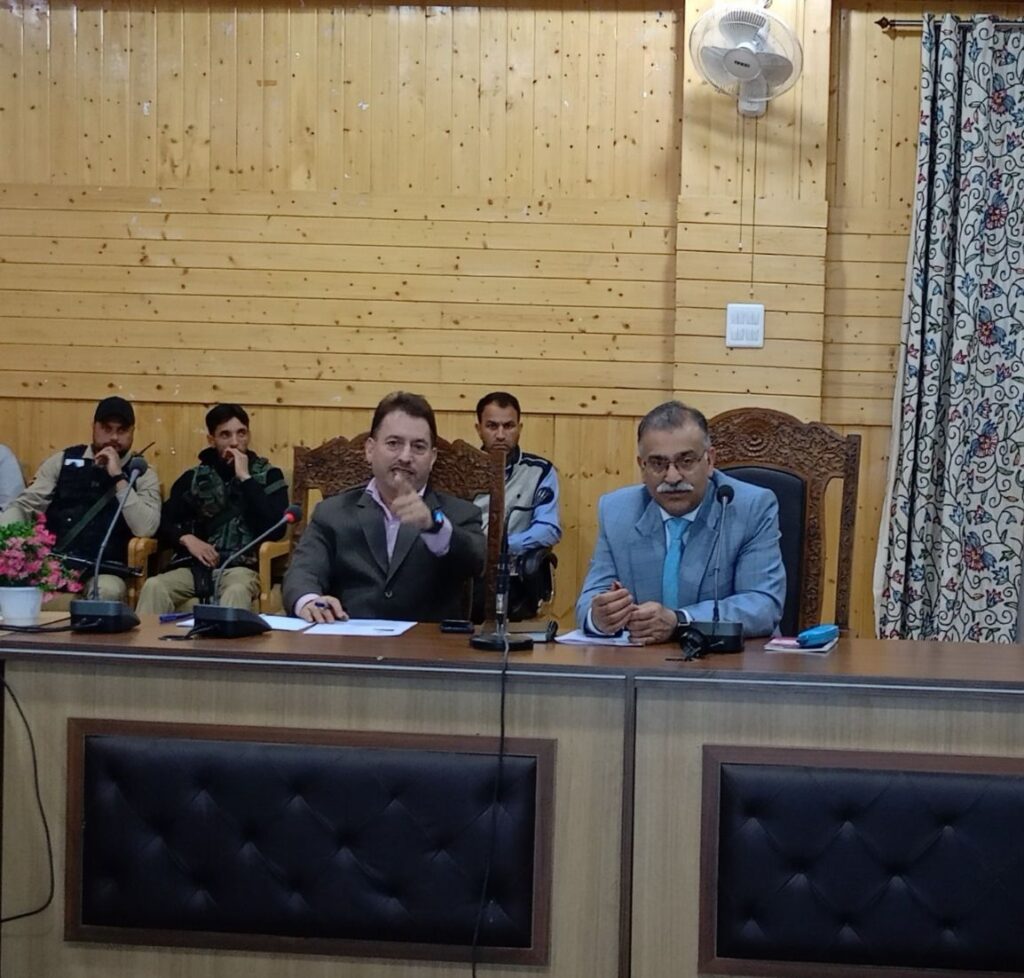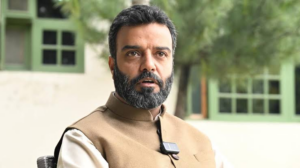By Dr. Satwant Singh Rissam (BSL, LLB, LLM, PGDHRM, Ph.D.)
Jammu and Kashmir, renowned for its stunning landscapes, has had a large sports infrastructure deficiency for decades. This obstructed the advancement of sports culture in local society and restricted several opportunities for J&K’s youth. Despite the region’s potential and the enthusiasm of its young populace, the inadequacy of suitable sports facilities caused a significant impediment to the growth of sports culture. The sports infrastructure in J&K currently falls significantly short of expectations. Various reports, including those from local media, clearly indicate that both regions lack adequate facilities. For example, in Jammu, the Bana Singh Stadium, originally intended to serve as a multi-purpose venue, is deficient due to poorly planned construction.
This situation is just one example but reflects an underlying problem in many districts of J&K, where sports facilities face complete neglect. Additionally, sports infrastructure is distributed unevenly between urban and rural areas. Urban areas have some facilities, while rural areas lack sports amenities hindering comprehensive activities for the youth in such areas. This deficiency in infrastructure directly leads to lower sports participation as the youth outside cities cannot compete due to lack of facilities. In this situation, some young athletes have no option but to find opportunities outside their local communities. This raises costs for them and adds physical and emotional stress.
It should be ensured that sports facilities are not just an urban luxury. Facilities should be available in areas with low population density too for developing balanced talent across different sports disciplines. In past decades, government attention was less on sports development due to years of conflict and political unrest, which resulted in a lack of investment in sports infrastructure. Also, growth has been hampered by the politicization of sports governance at the hands of a few people, which resulted in corruption and inefficiencies, which is not a secret. To address these problems and create an atmosphere where sportsmen from far flung areas can flourish, certain strict actions must be taken by sidelining bogus sports administrators in J&K.
A transparent and accountable system must be established to promote the selection of rural youth in different games. The government must increase funding for sports infrastructure in backward areas as a top priority. Although the recent budget increase for sports in J&K is a good start, implementation must be accelerated and closely watched to ensure efficient use in both regions. Involving more private organizations in programs like “adopt a stadium” could aid in the financing and upkeep of sports facilities. Such programs should be made a permanent part of corporate social responsibility (CSR) initiatives focusing on sports development in J&K.
The businesses should be involved in setting up mini-stadiums or community sports centers in every district, focusing on multi-sport facilities. First, existing sports facilities that are underutilized or poorly maintained must be restored under CSR. If done in the true sense, sports can positively engage rural youth by building a sports culture from the ‘ground to every home’. Second, supporting and organizing local tournaments and school competitions for different sports is another way to promote sports in young children. This grassroot strategy incorporates community involvement in sports development while simultaneously promoting sports.
In conclusion, while Jammu and Kashmir face significant challenges in sports infrastructure, there are clear and actionable pathways to improvement. By focusing on both the construction of new facilities and the maintenance of existing ones, coupled with strategic governmental and private sector involvement, Jammu and Kashmir can transform into a sports hub. With this, the youth in both urban and rural areas will get opportunities to excel on national and international platforms. This change would not only enhance sporting achievements but also contribute to the socio-economic fabric of both regions.









